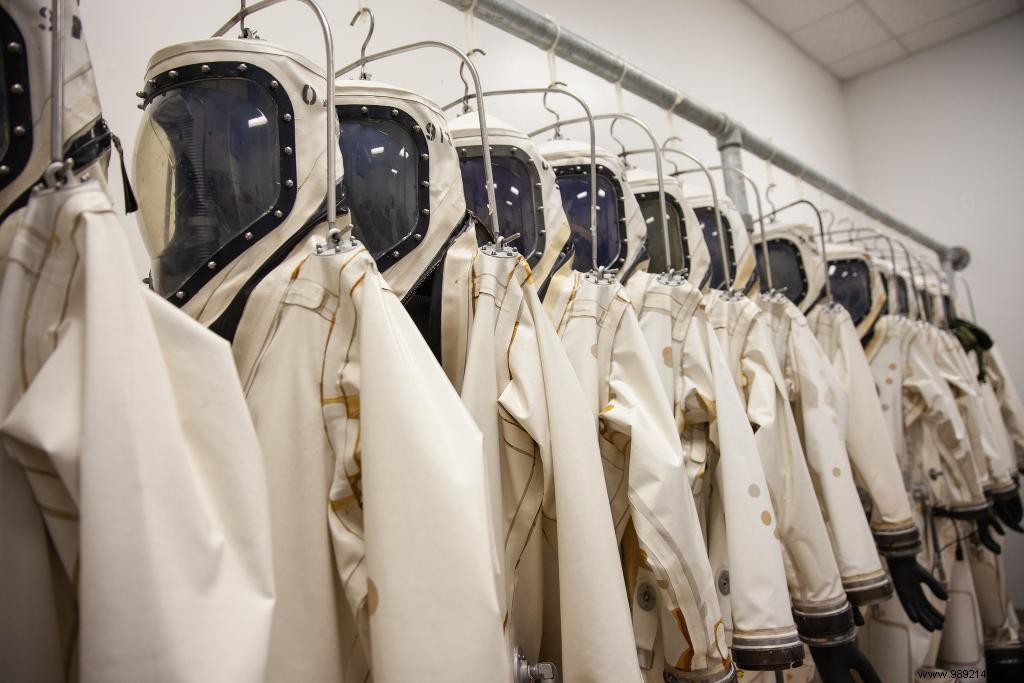Mission team members have completed fueling the James Webb Telescope ahead of its scheduled launch on December 22 from French Guiana. The refueling lasted about ten days.
After a long series of delays, some related to technical issues, others to budgetary concerns, the James Webb Telescope (JWT) is still on track to be launched December 22 from the Guiana Space Center in Kourou, French Guiana, capped atop an Ariane 5 rocket from Arianespace.
One of the last steps before taking off was to refuel the observatory. These operations, an international collaborative effort between NASA, ESA and the Canadian Space Agency, took place between November 23 and December 3.
"The propellant tanks were filled separately with 79.5 liters of dinitrogen tetroxide oxidizer and 159 liters of hydrazine “, writes the ESA in a press release. The European agency adds that the oxidizer “improves the combustion efficiency of hydrazine fuel “.
To safely handle these highly toxic propellants, specialists wore self-contained atmospheric protection suits or "SCAPE".
Concretely, the fuel and the oxidizer will be used together to maximize the power of the biggest burns of the telescope thrusters. These will allow mid-course orbital corrections to be made. They will also facilitate the insertion and maintenance of the JWT at its Lagrange L2 point, 1.5 million kilometers away Earth where the gravitational forces of the Sun and our planet balance each other.
Hydrazine alone will be used for small burns by the tiny precision thrusters of the JWT's monopropellant jet engine. These maneuvers will be used for high-angle repointing and to manage ship momentum.

With this phase now closed, the mission team will now take care of integrating the telescope inside the fairing of its Ariane 5 rocket. The newly joined pair will be then moved to the final assembly building for final preparations before take-off.
Once successfully launched and into space, Webb will begin a complicated series of maneuvers in deep space before returning to his vantage point. Upon arrival, the telescope will spend six months in commissioning during which the team will ensure that its instruments are working properly. This long trip will have to be done without the slightest false note.
The JWT, the most powerful telescope ever launched into space, will then finally be able to probe the universe in infrared light. Scientists will use its instruments to peer further into the cosmos than ever before, giving them unprecedented insight into our past. Webb's powerful observational technology will also allow researchers to explore some of astrophysics' greatest mysteries such as dark matter and dark energy.